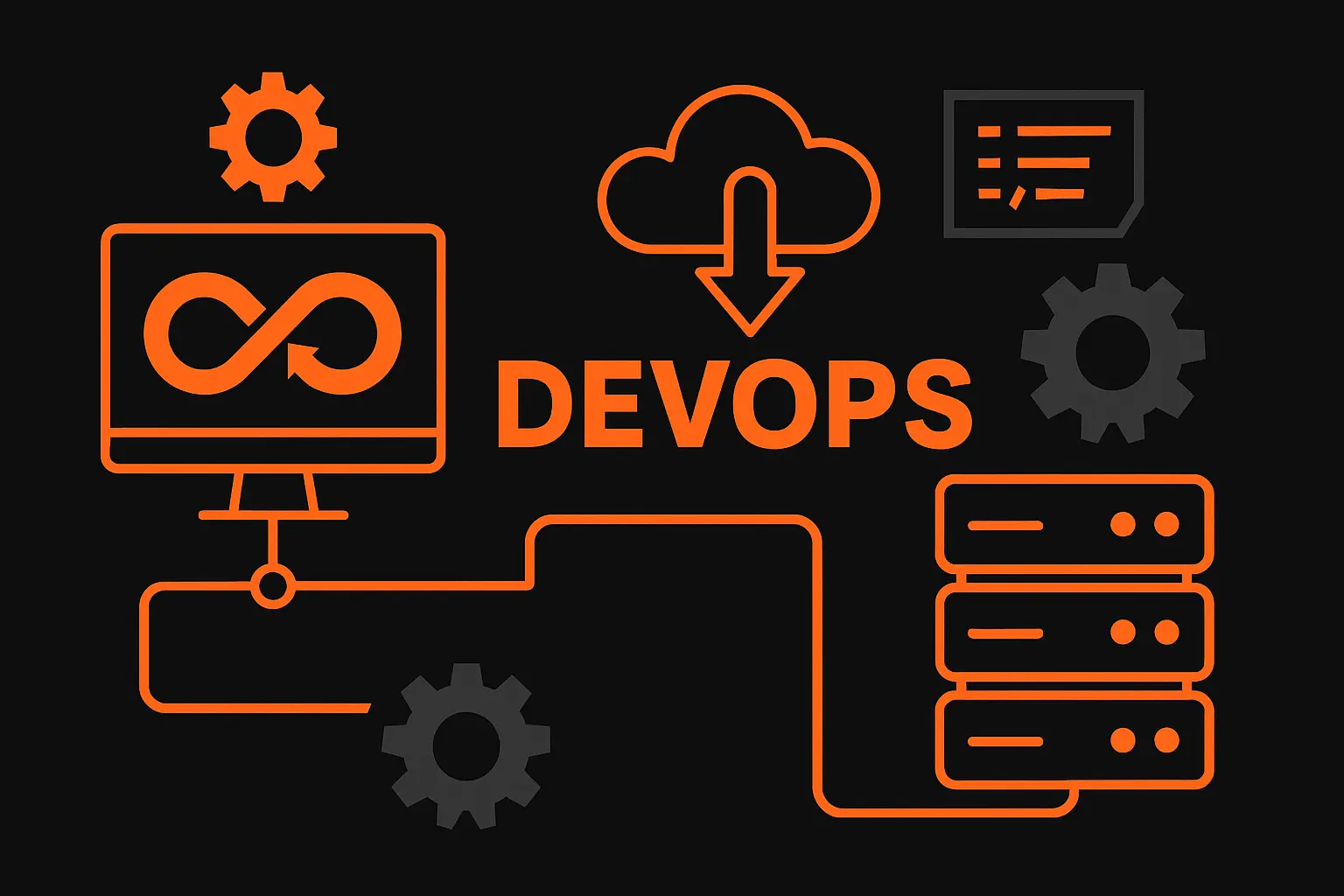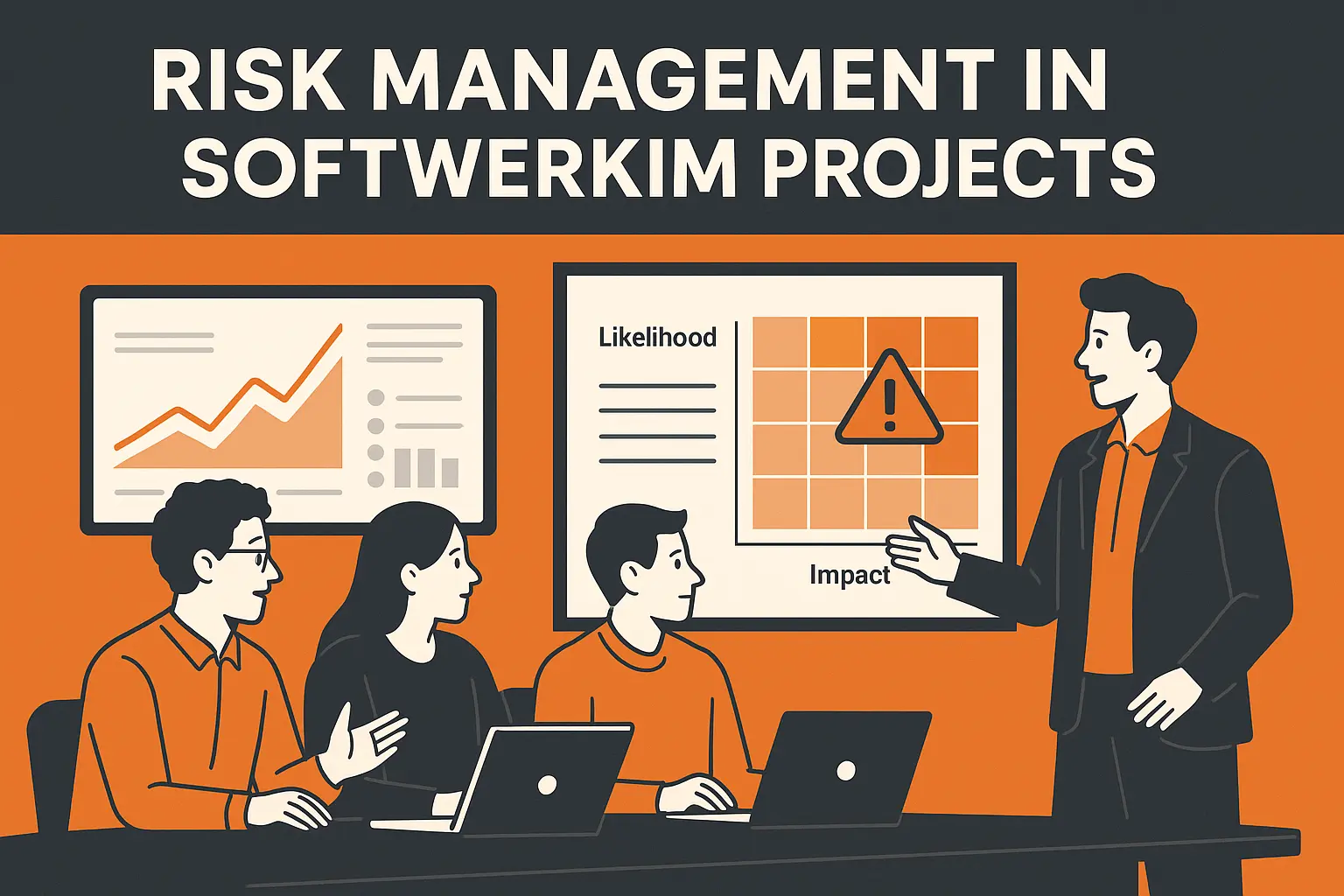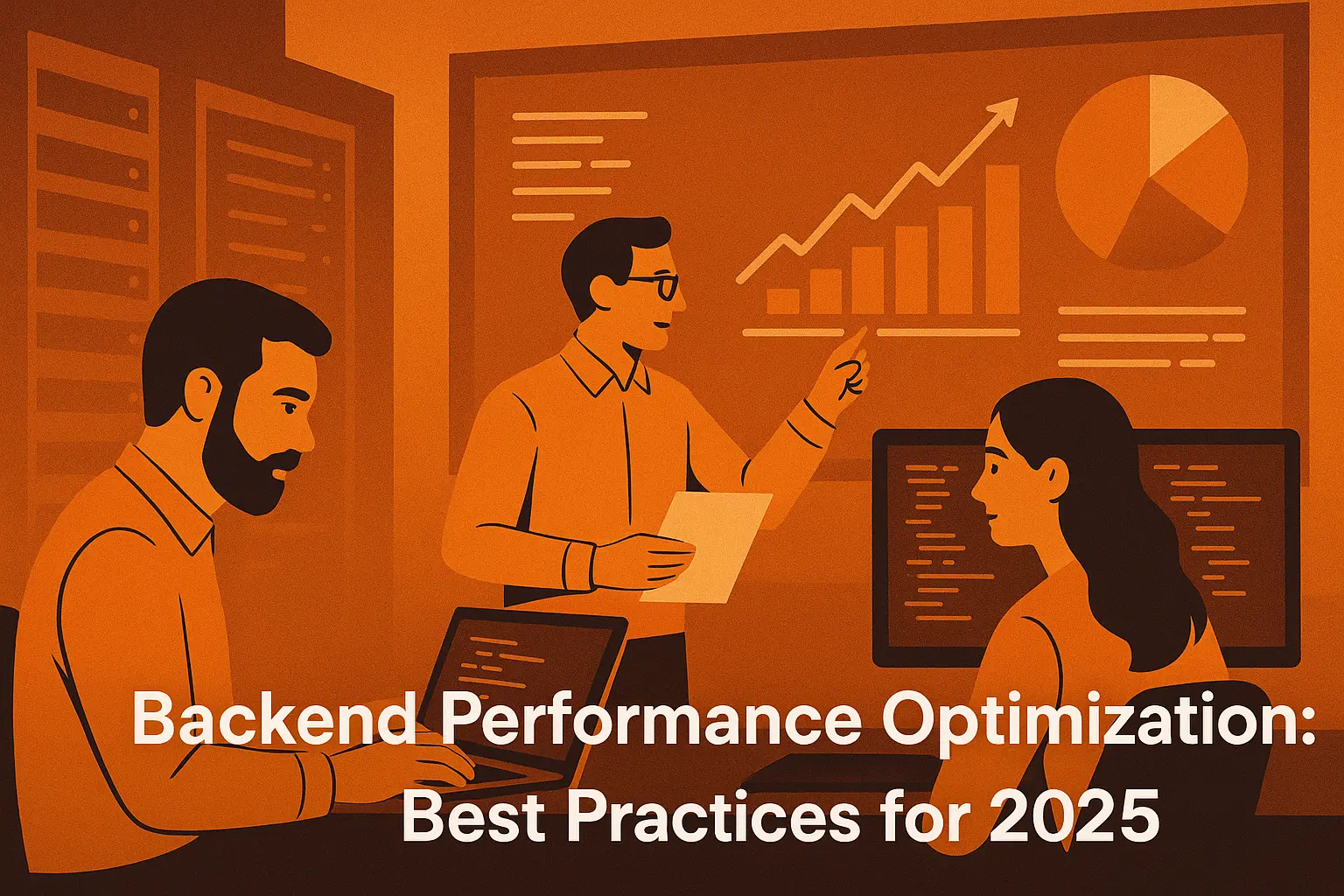
In the early days of software development, teams worked in silos — developers wrote the code and operations deployed it. This separation created friction, long release cycles and countless “it works on my machine” scenarios.
DevOps emerged as a cultural and technical movement designed to close that gap. By promoting shared ownership, automation and continuous feedback, DevOps allows organizations to build, test and deliver software faster and more reliably. It’s not just about tools — it’s about breaking barriers between people and processes.
At the heart of DevOps lies automation. Continuous Integration (CI) ensures that every code change is automatically built and tested, while Continuous Delivery (CD) takes it further — automatically deploying new versions into production with minimal manual intervention.This approach drastically reduces the risk of deployment failures and shortens the time from idea to market. With tools like Jenkins, GitHub Actions, GitLab CI/CD and Azure DevOps, teams can automate their pipelines, ensuring consistent quality across all environments.
DevOps redefines infrastructure management. Through Infrastructure as Code (IaC), environments are now created and configured using code — making them reproducible, versioned and easily scalable.Technologies like Terraform, Ansible and AWS CloudFormation allow engineers to manage complex systems with the same precision as application code. This approach aligns perfectly with modern cloud platforms (AWS, Azure, Google Cloud), ensuring scalability, cost efficiency and reliability.
A true DevOps culture doesn’t stop at deployment. Monitoring systems like Prometheus, Grafana and Datadog provide real-time visibility into application health, user behavior and system performance.This feedback loop allows teams to detect issues early, analyze root causes and continuously optimize their workflows. The ultimate goal is to transform every deployment into a learning opportunity — improving both the product and the process over time.
DevOps isn’t a role — it’s a philosophy. It represents a commitment to collaboration, automation and continuous learning. By merging development and operations into a single, agile workflow, organizations can achieve faster delivery, higher quality and more satisfied teams. In today’s software industry, where speed and reliability define success, DevOps is no longer optional — it’s essential.


